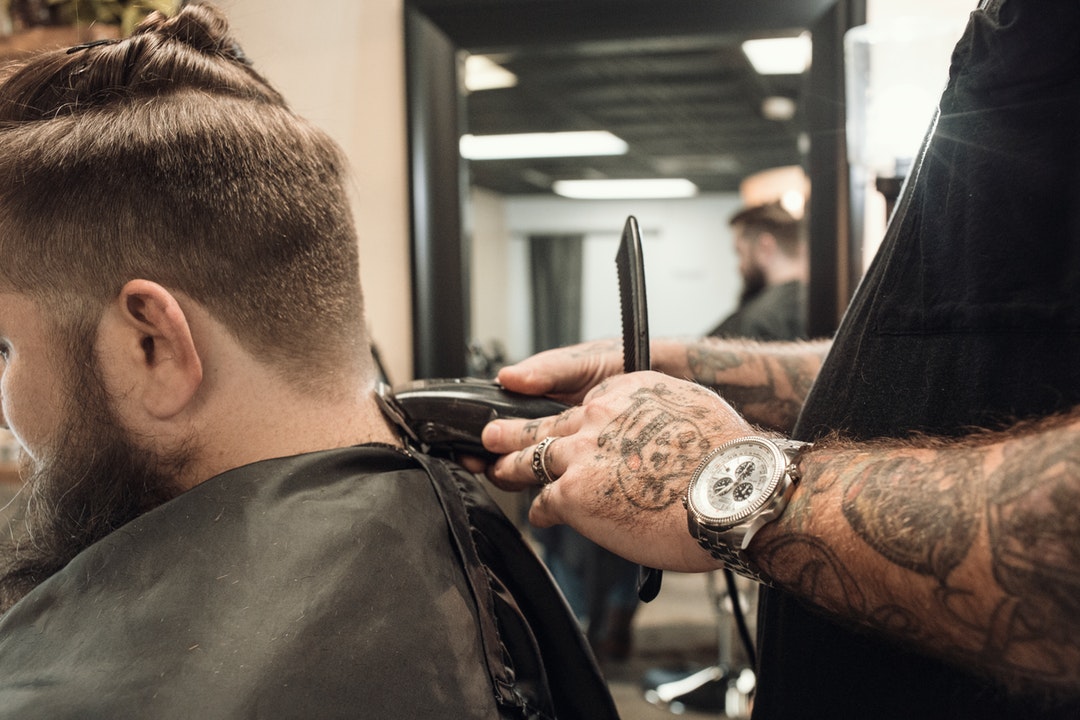
Did you know that men should get their hair cut every two to three weeks? If you’re a barber, you know that this is the case.
Upping your fade game will help you whether you’re trying to expand your men’s grooming business or just want to feel more comfortable using a clipper.
To help you develop your barbering talents, we’ve compiled some of the best line work, blending, and fading advice from top educators and influencers. Continue reading this article to find out how to master clean fades!
Common Ways to Fade
Fading downward from the top of the head produces a good mix, but using this method makes it challenging to balance the cut and produce different fades. However, you should use the top-down method to get rid of noticeable lines on men with fine hair as you work.
Balance is achieved and accumulation can be controlled by fading from the bottom up. To get a better finish, this works fantastically on thick or ethnic hair.
Most barbers prefer to work from the middle of the head and then out because it produces a visual roadmap, even though technically this generates more of a taper than a fade. Set the weight line and shape at the desired location in the middle, then mix up and down.
Determining the Fade Line
Always establish your fading line before anything else. The naked shaver can be used to “pull” it out. You can do this to make sure your fade is the same height on both sides.
Once you’ve determined the hair fade line, use one hand to hold the clipper with your thumb on top and two fingers on the rear so you can rock it in a smooth C-shape motion. A little more work and you’re on your way to giving a bomb hade haircut!
Blending Techniques
We advise using a small brush to integrate hair into your clippers when a client has uncooperative hair (such as growing sideways). A soft bristles brush, as opposed to a comb, is more relaxing for your customer and is small enough to pick up all the fine hairs that clippers are unable to align.
Remember that “brushing is blending,” which will also make any flaws easier to see.
Beard Fading
Fades aren’t only reserved for a client’s hair. If your client has a beard, it’s necessary to blend the fade there as well.
Use the hair’s shortest length by the top of the ear as a reference for a straightforward beard fade. Don’t fade past the ear’s midpoint.
You can lower the transition for a more dramatic fade, but be sure to first discuss it with your customer!
Master the Art of Clean Fades With These Tips
Every face shape and hair type looks fantastic with a fade. They seem difficult to execute because of the smooth transition from long to short hair, but if you follow these tips, you’ll be able to master the art of clean fades.
Are you thinking of pursuing a career as a professional barber? Click here to learn about Bucker Barber School programs!



